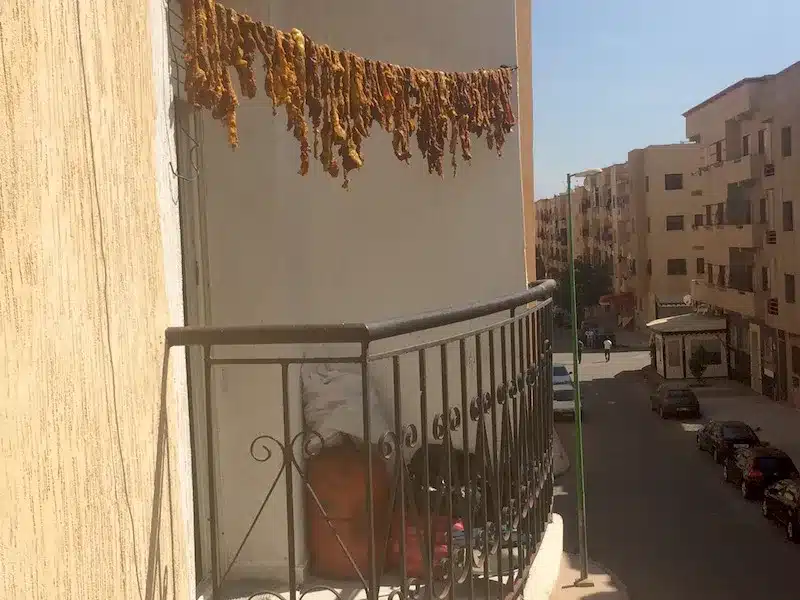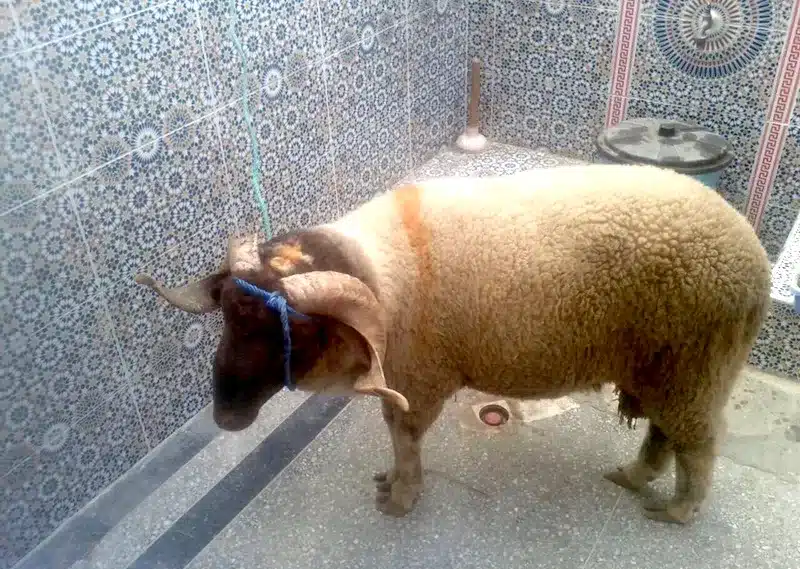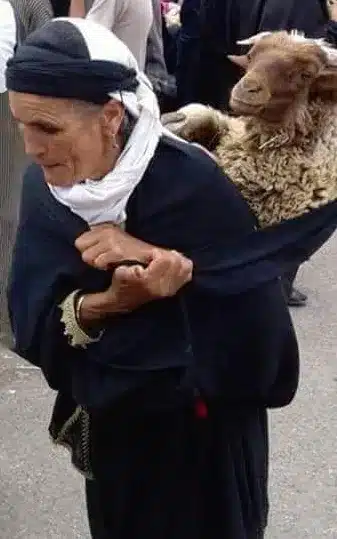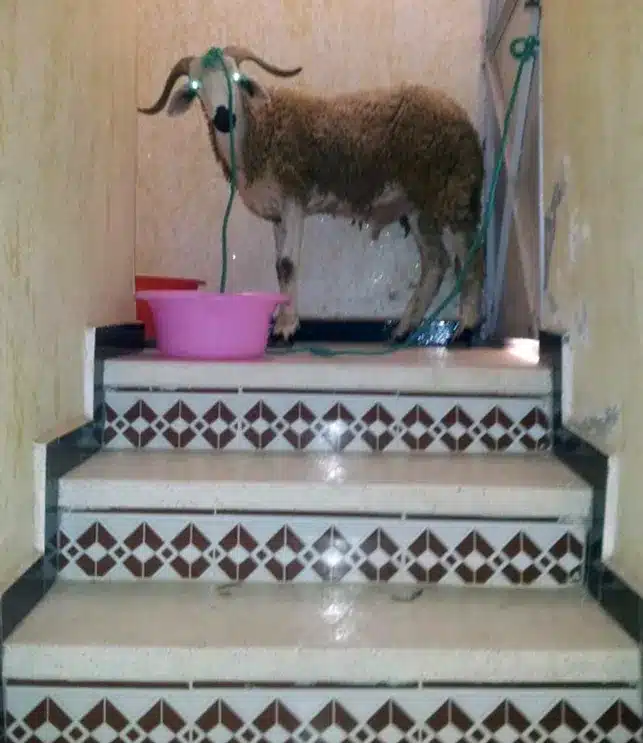Eid Al Adha | The Sheep Feast in Morocco

Eid Al Adha is a Muslim holiday celebrated across the world. The root of the religious holiday goes back to the days of Abraham, who is considered an important prophet by Muslims, Christians, and Jews. God asked Abraham to sacrifice his only son. Muslims believe that the son was Ishmael, while Christians and Jews believe the son was Isaac. The point that Abraham was willing to obey God even to the point of sacrificing his son. This Muslim holiday celebrates how God substituted Abraham’s son with a sheep.
The specifics differ slightly from one Muslim country to another, but in general, each family is responsible for sacrificing an animal. The most common animal to be sacrificed is a sheep; however, goat, camels, and cows are considered worthy sacrifices as well. Although it is not mandatory to purchase an animal if a family cannot afford to do so, poorer families often borrow money in order to buy a sheep or goat for Eid.
The Day of Eid in Morocco
This is a much anticipated day in Morocco, much like Christmas is for Christians. Families get up early in the morning for a special family breakfast, after which the men head off to the mosque for prayers. The sacrifice occurs later in the morning. After the king sacrifices his sheep, the people are free to begin the sacrifices in their own homes. Sometimes someone in the family will perform the sacrifice, in other cases, a butcher will come to the house to do the work. The only acceptable method for killing an animal in Islam is halal. This is done through a cut to the jugular vein. People say it is quick and painless.
The Process of Sacrifice
As soon as the animal dies, the family removes the skin in one piece and gives it away. While it is against Islam to sell any part of a sacrificial animal, the person who receives the skin is free to sell it. The skins are usually sold to the leather tanneries in Fes. Next, the family processes the meat. Every single part of the animal is saved and eaten. This includes internal organs, the brain, feet, etc. Usually, the liver is eaten first, as it is more perishable than other parts. The intestines and other small bits of meat are hung outside to dry for days in the sun to be used later for flavoring a variety of dishes.
Below is an example of one of my neighbor’s meat drying on the terrace. This ummm … presentation took some getting used to for me. Of course, there are Muslims in the states who celebrate this holiday; however, it’s not considered acceptable practice to sacrifice animals on your back deck or in your driveway. So in general, it’s rarely seen. In Morocco, it’s all out in the open. While I’ve been in Morocco for three Eids, I still have difficulty eating a sheep that I’ve actually “met,” especially with the smell of blood still hanging in the air. But I find that sheep is quite tasty on other days!

Sheep Everywhere!
In Morocco, during the week leading up to Eid Al Adha, sheep are found in rather surprising places, specifically in cities. I should note that these places are surprising for foreigners, but not for Moroccans.
During this time of the year, it’s not uncommon to find sheep …
Hanging out on rooftops …

Strapped to peoples’ backs …

Loitering in the stairwells of apartment buildings …

Stuffed into trunks of cars for easy transport …

… and last but not least, my personal favorite, on motorcycles.
